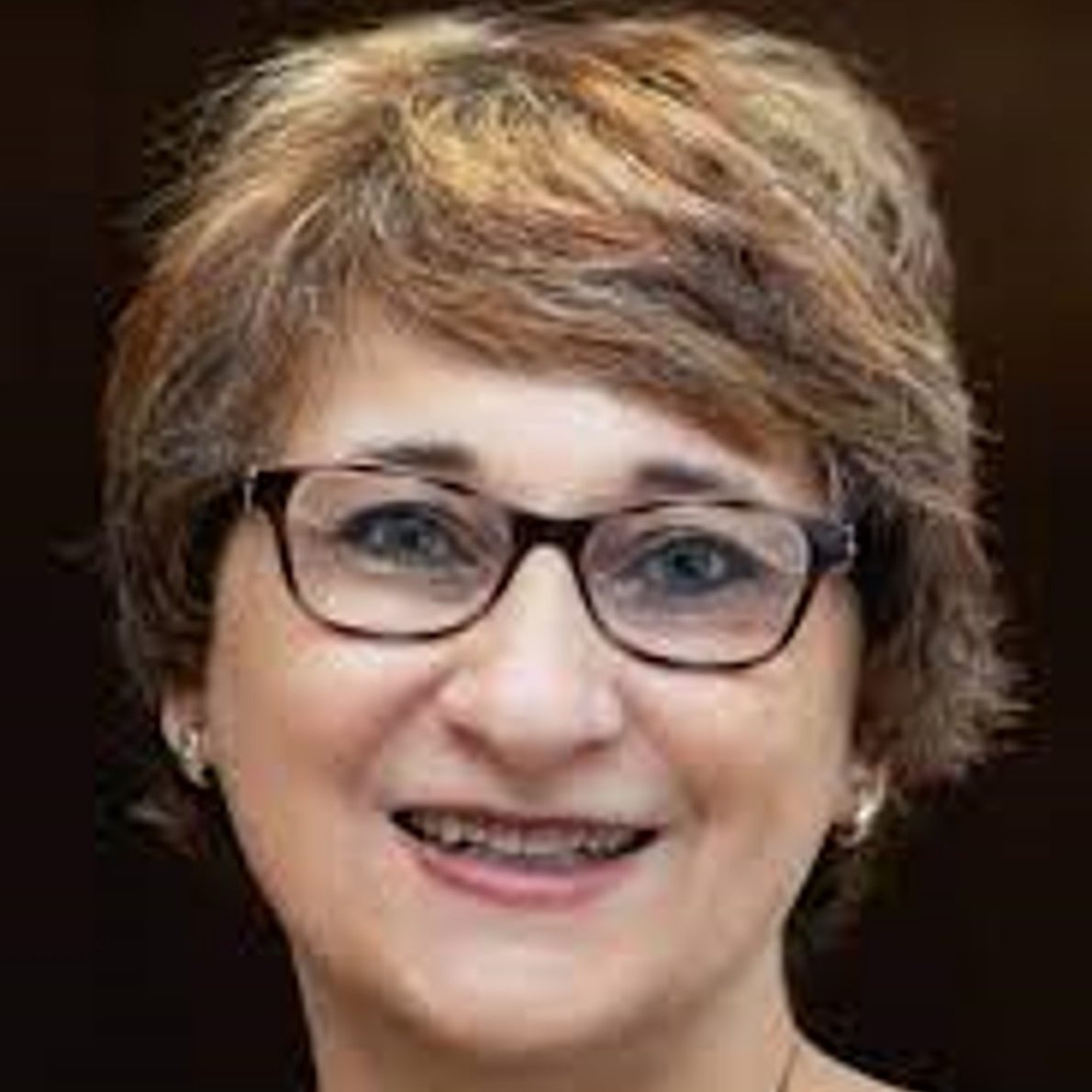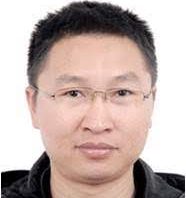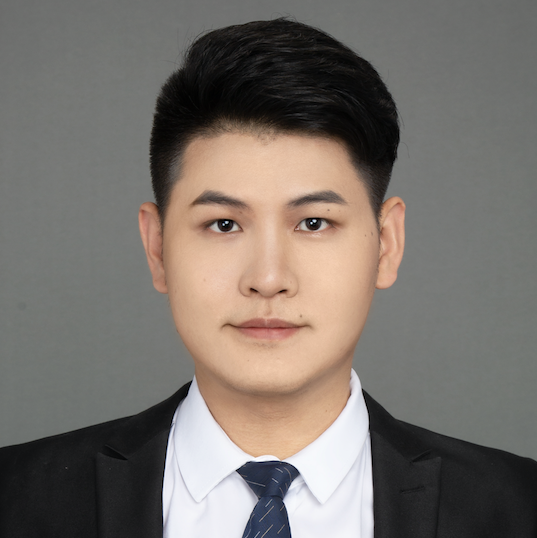1st Workshop on Integration of Sensing, Communication, and Computation (ISCC)
2024, Seoul, Korea
CALL FOR PAPERS
The upcoming 6G era is expected to see the wide-spreading of the complex intelligent applications (e.g., auto-driving, digital twins and metaverse) over wireless networks. The smooth execution of these applications relies on the tight cooperation of the three basic functionalities, namely sensing, communication, and computation, provided by the 6G networks. However, in traditional wireless networks, these three functionalities are designed separately for different goals: sensing for obtaining high-quality environmental data, communication for data delivery, and computation for executing the downstream task within a certain deadline. Such a separation design principal encounters difficulty in accommodating the stringent demands of ultra-low latency, ultra-high reliability, and high capacity in emerging 6G applications such as auto-driving.
The previous studies focus on the integration of two of the above three entities. By designing dual-functional signals for both data communication and radar sensing, integrated sensing and communication (ISAC) has been proposed to improve the data sensing and delivering efficiency. Another vein of researches focuses on the joint communication and computation resource management, which includes mobile edge computing (MEC) and over-the-air computation (AirComp). With the rapid increase in data volumes in MEC, the communication and computation capabilities at the network edge become the bottleneck. Particularly, the limited wireless resources make it challenging for the edge server to receive significant amounts of data from edge devices swiftly through wireless links. Hence, many researches have focused on joint communication and computation resource management to tackle this issue in MEC. AirComp, as opposed to “communication before computing”, integrates computing into communication, resulting in a new scheme of “communication while computing”. In contrast to traditional wireless communication over a multi-access channel, which requires separate transmission and decoding of information, AirComp allows edge devices to simultaneously transmit their respective signals on the same frequency band with proper processing, such that the functional computation of the distributed data is accomplished directly over the air. This thus significantly improves the communication and computing efficiency, and considerably reduces the latency required for multiple access and data fusion.
Though the techniques such as ISAC, MEC and AirComp have been regarded as the hot topics in the main conference, the entire ISCC process needs further attention. Particularly, the sensing and communication processes compete for radio resources, and the allowed communication resource further determines the required quantization level such that the quantized features can be transmitted reliably to the edge server under a delay constraint. This thus prompts a new wireless design paradigm of integrated sensing, communication, and computation (ISCC), which comprehensively accounts for the data use in the downstream tasks in 6G .
Topics of interest include but are not limited to:
The submitted papers will follow a single blind review.
Important Dates
Submissions deadline
2024
Camera-ready deadline
2024
Workshop date
2024 April 14th
Presentation Schedule on April 14th, 2024
time
8:30-9:20
9:20-10:10
10:10-10:20
10:20-11:10
11:10–11:25
11:25-11:40
11:40-11:55
11:55-14:00
14:00–14:50
14:50-15:05
15:05-15:20
15:20–15:35
15:35-15:50
15:50-16:00
16:00-16:15
16:15-16:30
16:30-16:45
16:45-17:00
17:00-17:15
17:15-17:30
Arrangement
Keynote Speech by Prof. Kaibin Huang
Keynote Speech by Prof. Seong-Lyun Kim
Coffee Break
Keynote Speech by Prof. Fan Liu
Reconfigurable Intelligent Surface assisted Integrated Sensing, Communication and Computation Systems
Pareto-Optimal Waveform Design for Multi-User and Multi-Target MIMO-ISAC Systems
Low-Overhead OFDM Sensing Waveform Design for 5G NR: A Coprime-based Subcarrier Allocation Approach
Lunch
Keynote Speech by Prof. Jun Zhang
Spectrum Data Graph Structure Learning Based on Dual-view Contrastive Learning for Spectrum Prediction of ISCC
FULL-DUPLEX DECODE-AND-FORWARD RELAY FOR JOINT ENVIRONMENTAL SENSING AND SELF-INTERFERENCE CANCELLATION
ITERATIVE DETECTION ALGORITHM WITH LDPC DECODER IN CYCLIC-PREFIX OTFS SYSTEM
CRB Optimization for Integrated Sensing and Communication Systems using Hybrid Linear-Nonlinear Precoding
Coffee Break
Integrated RNNs for Rainfall Sensing with Wireless Communication Networks
Joint Transmit and Receive Codebook Design for Self-interference Suppression in a mmWave ISAC Terminal Device
UAV POSITION DEPLOYMENT AND POWER OPTIMIZATION BASED ON USER CLUSTERING IN IOT NETWORK
Intelligent Heavy Truck Platooning with ISCC for Enclosed Intermodal Railway-Road Transport Parks
Reliability Study of LEO Satellite Networks Based on Random Linear Network Coding
Directional Terahertz Radio Map-Assisted Federated Obstacle Sensing
Notes: For all presenters, please register the satellite workshops on Sunday, 14 April on ICASSP official website and attend the workshop in person.
Registration link: https://cmsworkshops.com/ICASSP2024/Registration_rates.php
Organizers

Zhi-Quan (Tom) Luo
The Chinese University of Hong Kong, Shenzhen, China

Yonina C. Eldar
Weizmann Institute of Science, Rehovot, Israel

Octavia A. Dobre
Memorial University, Canada

Qingjiang Shi
Tongji University, Shanghai, China

Marwa Chafii
New York University (NYU) Abu Dhabi, UAE

Guangxu Zhu
Shenzhen Research Institute of Big Data, China

Seung-Woo Ko
Inha University, Korea

Xiaoyang Li
Shenzhen Research Institute of Big Data, China

Yuanhao Cui
Southern University of Science and Technology, China
Subscribe to our Newsletter
Instructions for Authors

Submission Instructions
Papers should contain original material, namely, material that has not been previously published or currently submitted for consideration elsewhere. Prospective authors are encouraged to submit a single PDF file with all fonts embedded, using the ACM conference proceedings format. (Use the same PDF formatting guidelines as the main conference.) Paper length is limited to six (6) pages (two-column, 10-point format) including references, figures, etc. Papers must include the author names and affiliations for single-blind peer reviewing by the program committee. Authors of accepted papers are expected to present their papers at the workshop. Accepted papers will be published in the ACM ISACom proceedings and will be archived in the ACM Digital Library.

Template
This LaTeX template should be useful in complying with the above requirements, but as an author you bear the final responsibility to verify that your submission is format-compliant.

Submission Portal
Submit your paper at https://cmsworkshops.com/ICASSP2024/Papers/ Submission.asp?Type=WS&ID=10. Accepted and presented papers will be published in the 1st ICASSP 2024 Workshop Proceedings.
Endorsed By
IEEE Communications Society Integrated Sensing and Communication Emerging Technology Initiative
IEEE Signal Processing Society Integrated Sensing and Communication Technical Working Group
Get in Touch
Need more information about the workshop?
